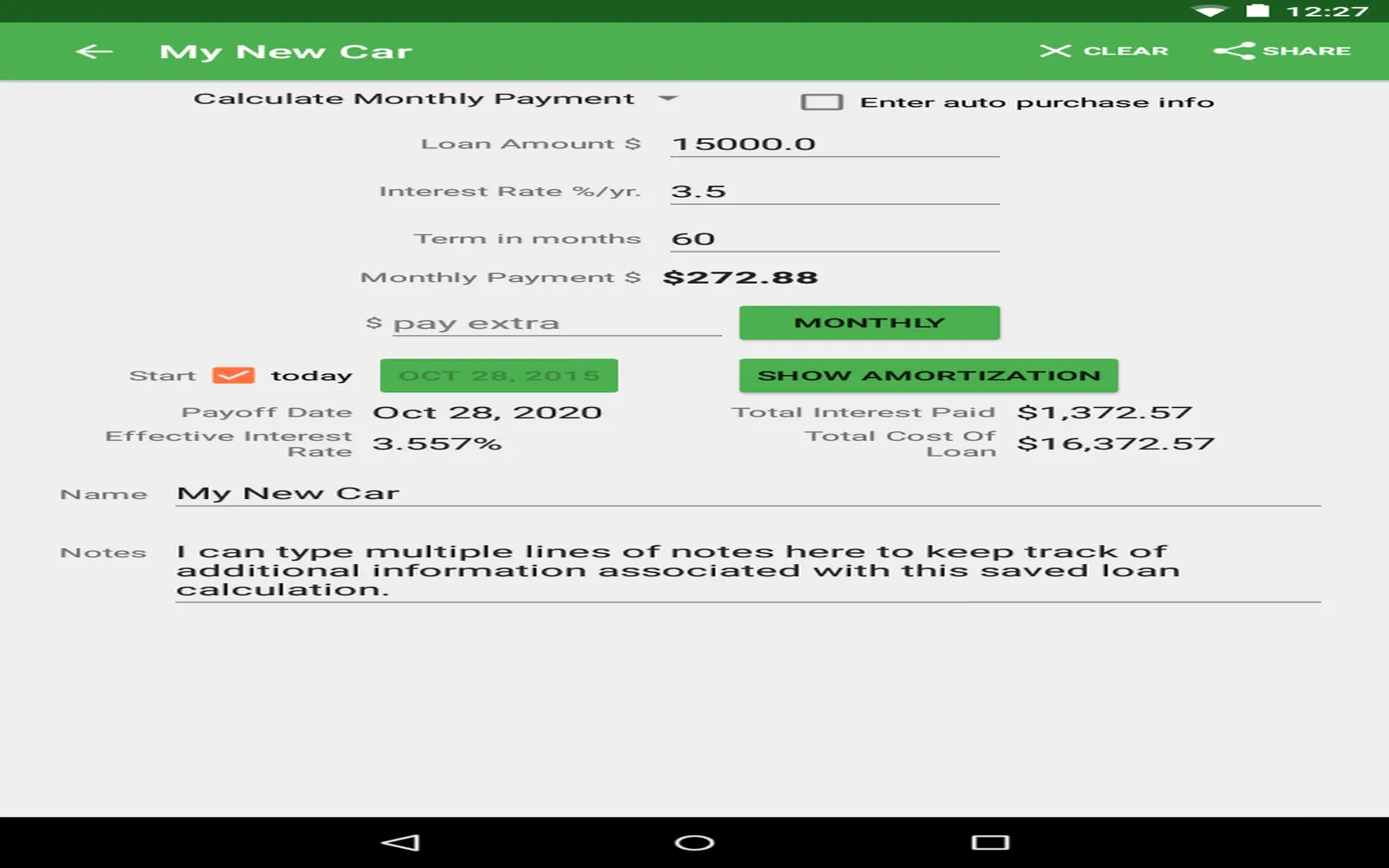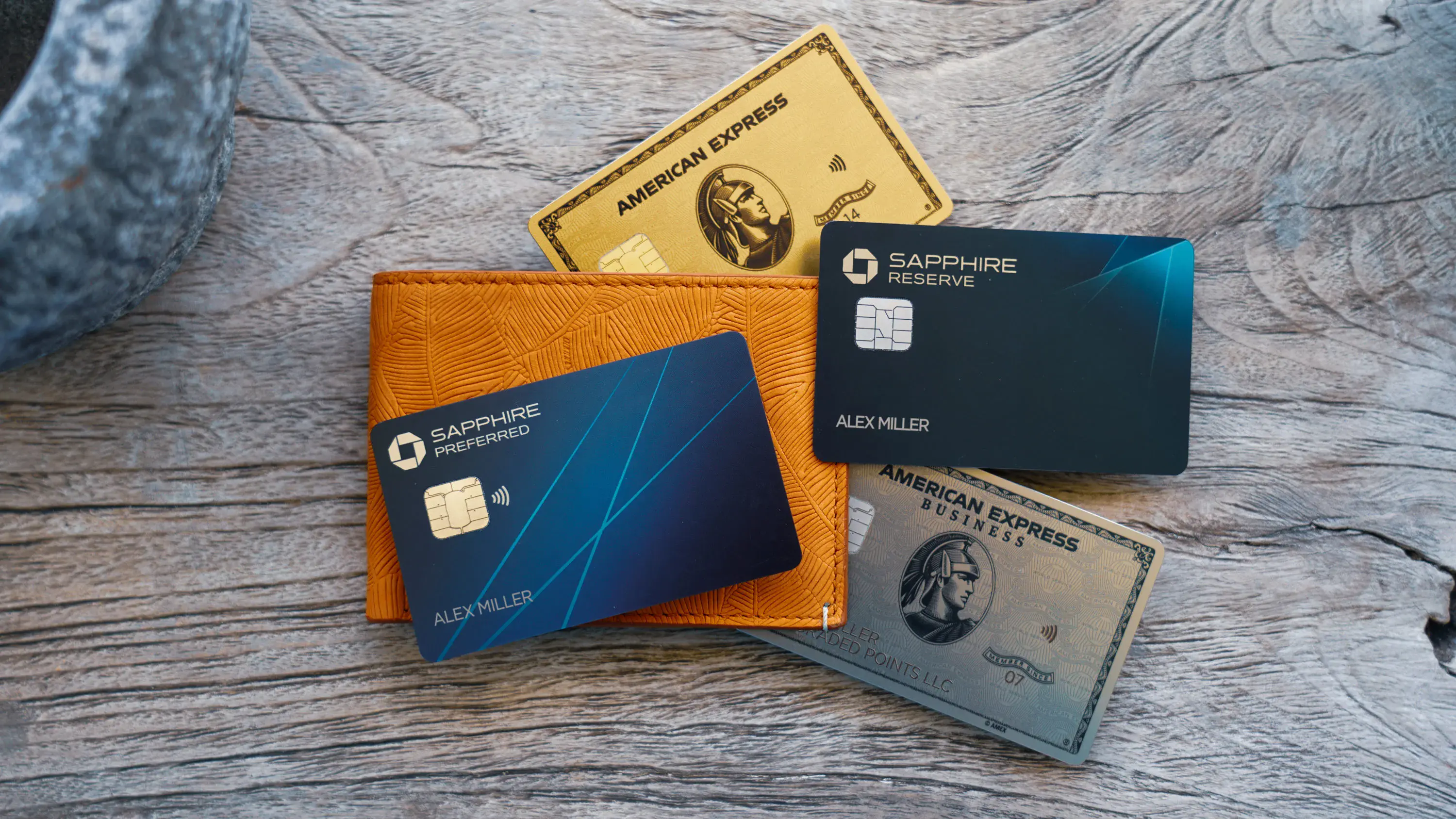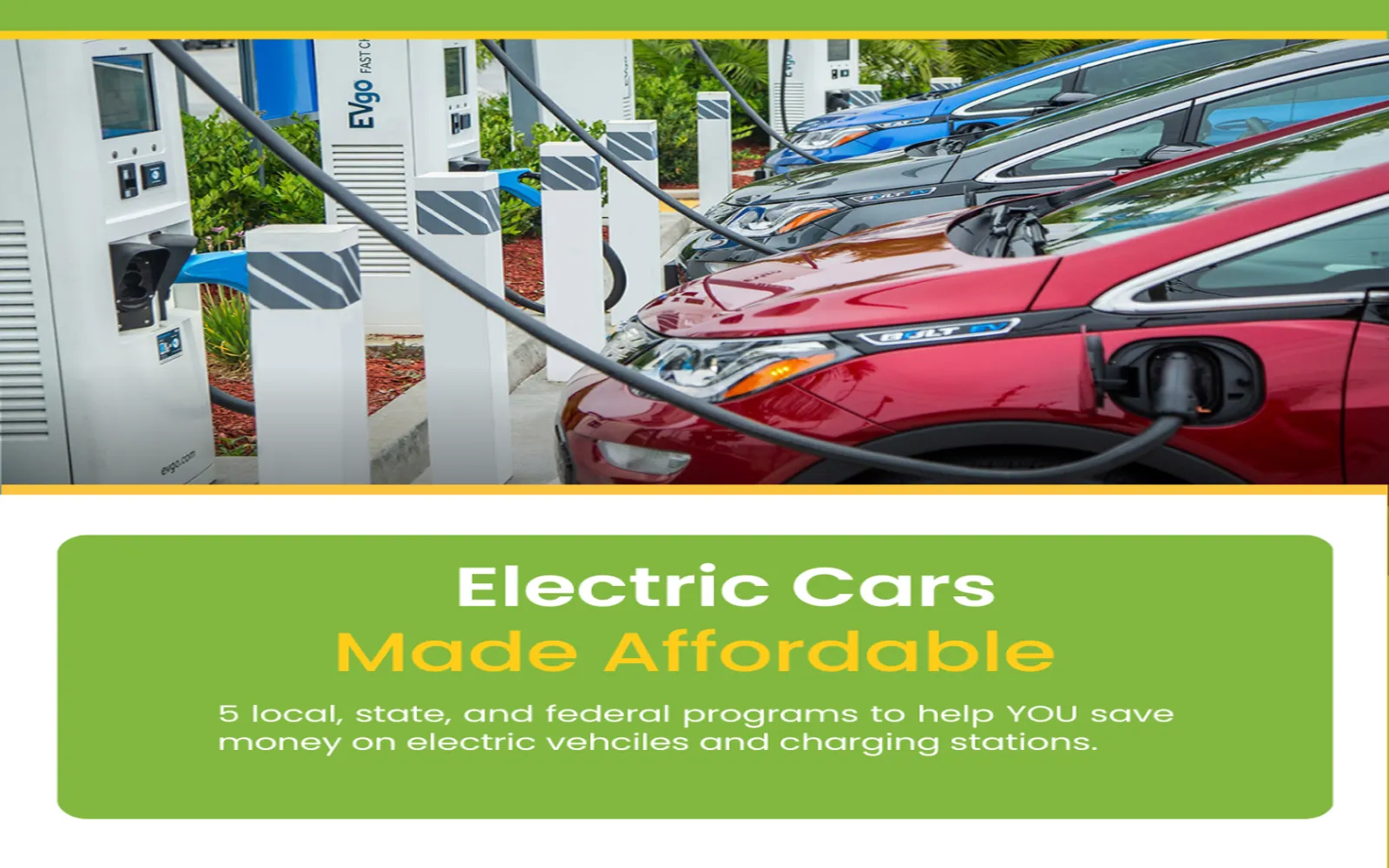2025 Car Trade-In Value Estimator: Maximize Your Vehicle's Worth Today!
Understanding Car Trade-In Value Estimators
As we approach 2025, car owners are increasingly looking to maximize the value of their vehicles through trade-ins. Whether you're upgrading to a new model or simply looking to sell, understanding how trade-in value estimators work can help you get the most out of your vehicle. These estimators are tools designed to give you a ballpark figure of what your car is worth based on various factors, including make, model, year, condition, and market demand.
Factors That Affect Trade-In Value
When it comes to determining the trade-in value of your car, several key factors come into play:
1. Market Demand
The current demand for specific makes and models can significantly influence your vehicle's trade-in value. For instance, if there's a surge in demand for electric vehicles in 2025, a Tesla or Nissan Leaf may fetch a higher price compared to a gas-powered vehicle. Keeping an eye on market trends will help you time your trade-in for maximum value.
2. Vehicle Condition
The physical condition of your car is paramount. A well-maintained vehicle with low mileage will typically command a higher trade-in value than one that has been in an accident or has multiple mechanical issues. Regular maintenance, detailed cleaning, and minor repairs can enhance your car's appeal and value.
3. Mileage
Mileage is another crucial factor. Cars with lower mileage are generally seen as more desirable and can therefore earn a higher trade-in value. If your vehicle is nearing the 100,000-mile mark, it may be wise to consider trading it in sooner rather than later.
4. Model Year and Features
The age of your vehicle can impact its value significantly. Newer models tend to depreciate less than older ones. Additionally, features such as advanced safety technology, infotainment systems, and fuel efficiency can also affect trade-in value. Cars equipped with the latest technology are often more appealing to dealerships and buyers alike.
5. Economic Factors
The overall economic climate can influence trade-in values as well. Factors like interest rates, fuel prices, and the general state of the automotive market can cause fluctuations in vehicle values. Keeping abreast of these economic indicators can help you determine the best time to trade in your vehicle.
How to Use a Trade-In Value Estimator
Using a trade-in value estimator is a straightforward process. Here’s a step-by-step guide to help you navigate it:
Step 1: Gather Your Information
Before using an estimator, collect essential information about your vehicle, including:
- Make and model
- Year of manufacture
- Mileage
- Condition (excellent, good, fair, poor)
- Any additional features or options
Step 2: Choose a Reliable Estimator
There are several online trade-in value estimators available, including Kelley Blue Book, Edmunds, and NADA Guides. Choose one that you find user-friendly and trustworthy. Each estimator may provide slightly different values based on their data sources and algorithms, so it can be beneficial to check multiple sites.
Step 3: Input Your Information
Enter the gathered information into the estimator. Be as accurate as possible, as small discrepancies can lead to significant differences in the estimated value.
Step 4: Analyze the Results
Once you receive your estimated trade-in value, take some time to analyze the results. Consider the range provided and how it aligns with your expectations. If the estimate is lower than anticipated, it may be worth investigating why and making necessary adjustments to your vehicle before trading it in.
Step 5: Prepare for Negotiation
Your trade-in value is just a starting point. When you visit a dealership, be prepared to negotiate. Bring documentation that supports your vehicle’s condition, maintenance records, and any recent repairs. This information can help justify your asking price and potentially push the final trade-in offer closer to your estimate.
Tips to Maximize Your Trade-In Value
To ensure you get the best possible trade-in value for your vehicle in 2025, consider the following tips:
1. Keep Your Car Clean and Well-Maintained
First impressions matter. A clean, well-maintained car is more likely to attract a better offer. Regular washes, waxing, and detailing can make a significant difference. Additionally, keep up with routine maintenance to ensure everything is functioning correctly.
2. Address Minor Repairs
Before trading in your vehicle, it may be worthwhile to fix minor issues like scratches, dents, or worn tires. These small investments can lead to a more favorable trade-in offer.
3. Gather Documentation
Having complete service records, title documentation, and any warranties can enhance your bargaining position. Dealerships often prefer vehicles with a documented maintenance history, as it indicates a responsible owner.
4. Timing Your Trade-In
Timing can significantly impact the value of your car. Consider trading in your vehicle when demand is high, such as during the spring or early summer months when many consumers are looking to purchase new cars.
5. Shop Around
Don’t settle for the first offer you receive. Visit multiple dealerships to compare trade-in offers. This will give you a better understanding of your vehicle's value and can provide leverage during negotiations.
Understanding Depreciation
One of the most significant factors affecting your vehicle’s trade-in value is depreciation. As soon as you drive a new car off the lot, it begins to lose value. On average, cars depreciate about 15% to 20% each year during the first five years. Understanding this concept can help you make better decisions regarding when to sell or trade in your vehicle.
The Role of Online Marketplaces
In 2025, online marketplaces have become increasingly popular for buying and selling vehicles. Websites like CarGurus, Vroom, and Carvana allow users to get instant quotes for their cars, often providing a different avenue for selling that could yield a higher value than traditional dealerships. Consider exploring these options if you're not satisfied with your trade-in offer.
Conclusion
Maximizing your vehicle's worth through trade-in in 2025 requires a combination of research, preparation, and negotiation. By understanding the factors that influence trade-in value and effectively using a trade-in value estimator, you can ensure you get the best possible deal when it's time to part with your car. Remember to maintain your vehicle, address minor repairs, and shop around to find the best offers. With the right approach, you can turn your trade-in into a valuable asset that contributes to your next car purchase.
Explore

Vehicle Donation: How Donating Your Car Can Make a Difference

Lease a Luxury Car in 2025: Your Ultimate Guide to Premium Vehicle Rentals
Best Car Lease Deals Today — Save Big on Your Next Ride

2025 Ultimate Guide to Car Loan Calculators: Calculate Your Perfect Auto Financing Today!

Lease Sports Car Deals for 2025: Unleash Your Dream Ride Today!

Drive Change: Transform Your Unused Vehicle into Hope and Opportunity

2025 Business Vehicle Leasing Trends: Optimize Your Fleet for Success

Maximize Your Savings: Electric Car Incentives to Watch for in 2025
